Cumbria Museums and Galleries
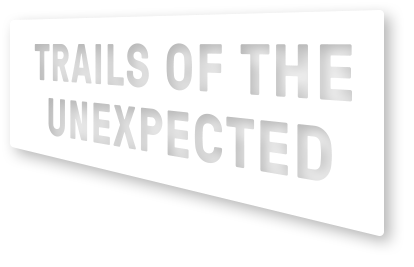
Discover the secrets of the clans that once terrorised the English-Scottish border on this intriguing trail through the historic city of Carlisle.
Follow the trail
Distance: 2 miles/3.2km
Total ascent: Negligible
Approximate time: 60 minutes plus time for sightseeing
Start/finish: Main entrance to Tullie House
Terrain: Town centre paths and pavements; surfaced paths in park
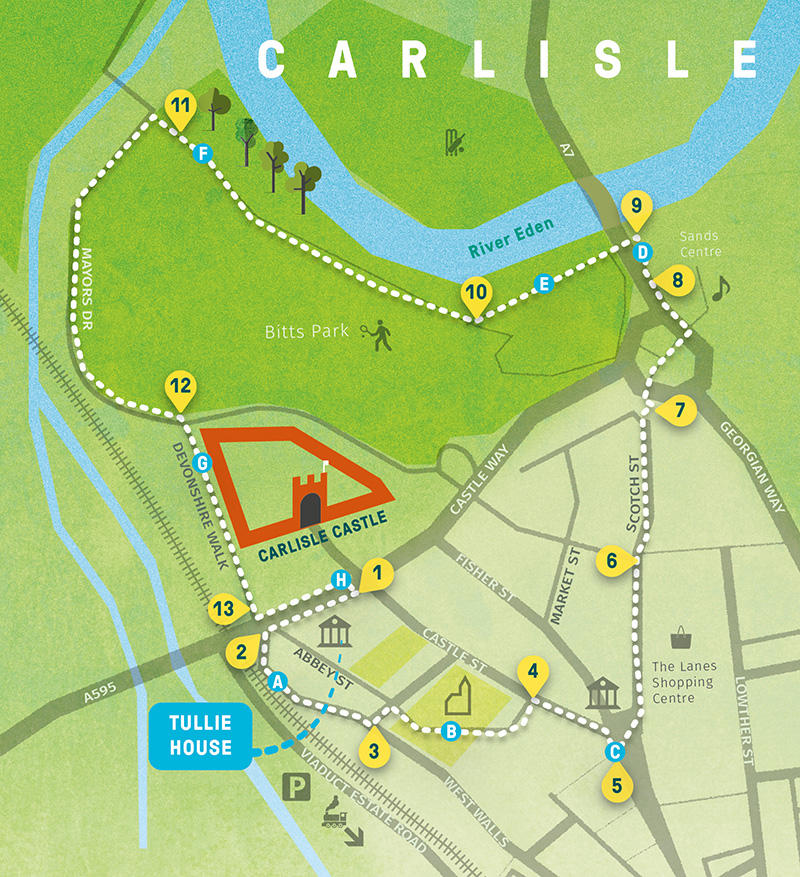
1 With your back to the main entrance to Tullie House – and facing Carlisle Castle – turn left.
2 Ignoring Abbey Street, follow West Walls to the left.
A This road runs along the top of the last significant remaining section of Carlisle’s medieval walls. In Reiver times, these walls encircled the whole city, welcome protection from the armed and dangerous Reivers.
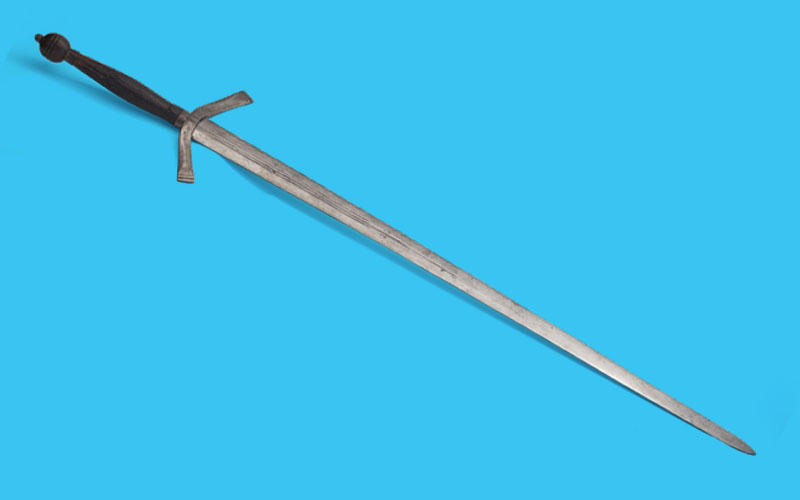
3 After about 180 metres, turn down the passageway on the left – between red sandstone walls – and go through the stone archway on the right to enter the cathedral precinct. Keep left to pass between Carlisle Cathedral and the Fratry, where medieval monks would’ve eaten.
B Religion probably didn’t play a big role in the everyday life of the Reivers, who were ruthless murderers, kidnappers and thieves. They went about the border area, raiding their neighbours’ homes, the headman often wearing the type of steel helmet – or Comb Morion – on display in Tullie House.
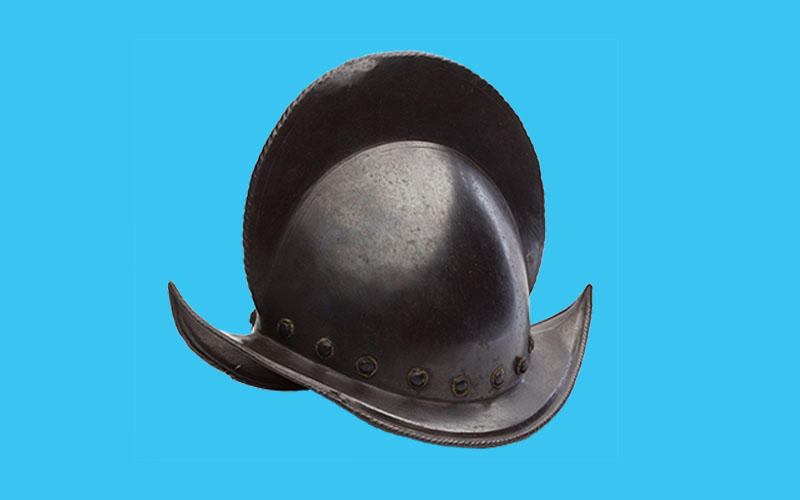
The ecclesiastical business going on within the cathedral walls wouldn’t have touched their lives. Indeed, it’s unlikely they would even have been troubled by the 1,069-word curse imposed on them by a sixteenth-century Archbishop of Glasgow. His angry words can be seen on the ‘Cursing Stone’ later in the trail.
4 Beyond the large iron gates on the far side of the cathedral, turn right.
5 As the pedestrianised area opens out, head left.
C As you pass to the right of the bandstand, you’ll see the Guildhall Museum to the left, built in 1407. The Old Town Hall is next, built in 1668 and now home to the Tourist Information Centre.
After the Old Town Hall, turn left again – down Scotch Street.
6 When the pedestrian area ends, maintain a straight line until you reach the Hardwicke Circus subway, passing Debenhams and the multi-storey Civic Centre along the way.
7 Enter the subway and cross to the ‘Sands Centre’ exit. Turn right along the pavement at the top of the steps.
8 In about 75 metres, take the slope on the right, leading down to the River Eden.
D The leisure centre on the right occupies a riverside site long known as The Sands. As far back as medieval times, farmers gathered beside the river to buy and sell cattle. Would the Reivers, renowned cattle thieves, have dared come so close to the well-defended city of Carlisle to sell their ill-gotten gains? With some wardens determined to subdue the Reivers, such an outing would’ve been filled with peril. The story of how Jock Elliot cunningly evaded capture by one such warden is told in Tullie House.
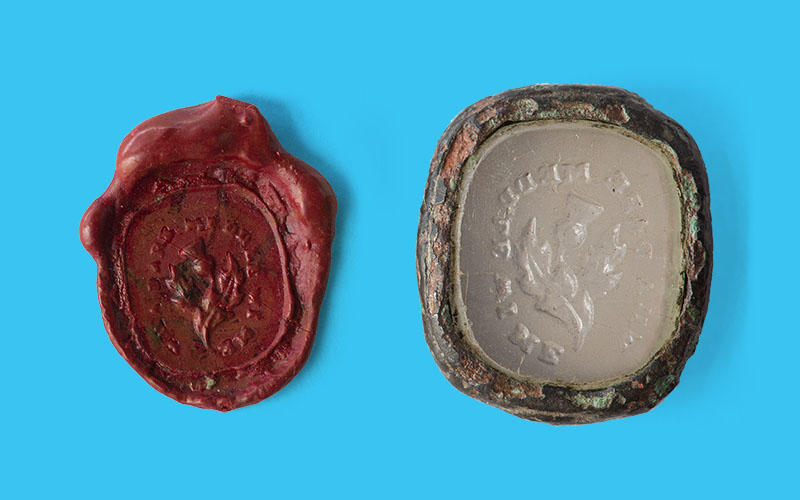
9 At the bottom, use the tunnel on the left to enter Bitts Park. Keep straight ahead, ignoring the trail on the right immediately after the tunnel exit.
E Walking along tree-lined avenues such as this one is a lovely experience – soothing almost – but in centuries past, some trees bore dark associations. They were home to the hangman’s noose. A wooden fragment on display in Tullie House is believed to have been taken from such a tree – used to hang Reiver Johnnie Armstrong in 1529.
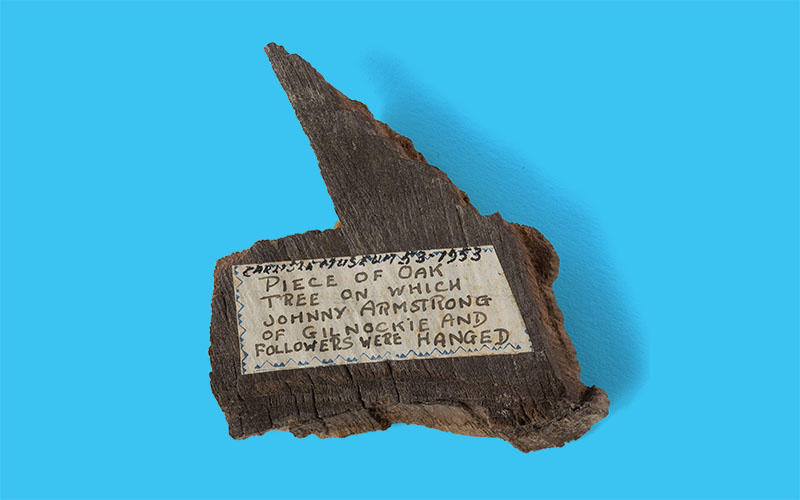
10 Bear right at the next path junction, keeping the river on your right.
F On reaching two sandstone pillars, you may wish briefly to head off to the right to see the stones dredged from the river in the 1950s and thought to be the remains of the Roman bridge across the River Eden, part of the Hadrian’s Wall fortifications.
11 The main route follows the walkway between the pillars and then heads left along the access road.
12 On reaching a T-junction at the entrance to the park, climb the steps opposite. Turn right to walk with the centuries-old walls on your left.
G Reiver Kinmont Willie achieved lasting fame in 1596 when, having been imprisoned in Carlisle Castle behind these very walls, he escaped during a daring raid.
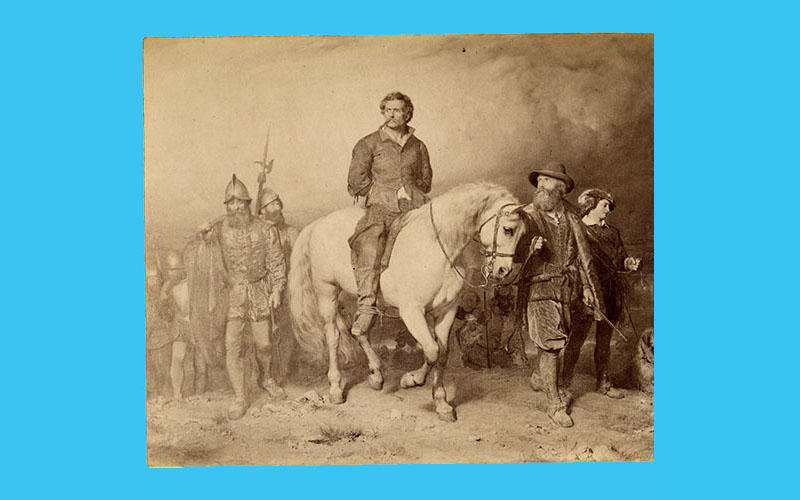
Dropping back to road level, continue in the same direction to reach the dual carriageway.
13 Turn left and, in about 90 metres, use the pedestrian underpass to return to Tullie House.
H The Cursing Stone, featuring the words of the Archbishop of Glasgow, is on the right as you enter the under-road gallery, and the names of Reiver families are engraved on the floor – Douglas, Elliot, Armstrong, Hodgson... Maybe you’re a direct descendant?
Choose one of our Trails of the Unexpected by either downloading a pdf or following the trail online. Explore the trails to discover the secrets of the Reivers’ clans, gems of the Arts and Crafts movement, the landscape that inspired Wordsworth, fascinating creative characters and Roman artefacts connected to Cumbria’s northern frontier. Start your trail below.